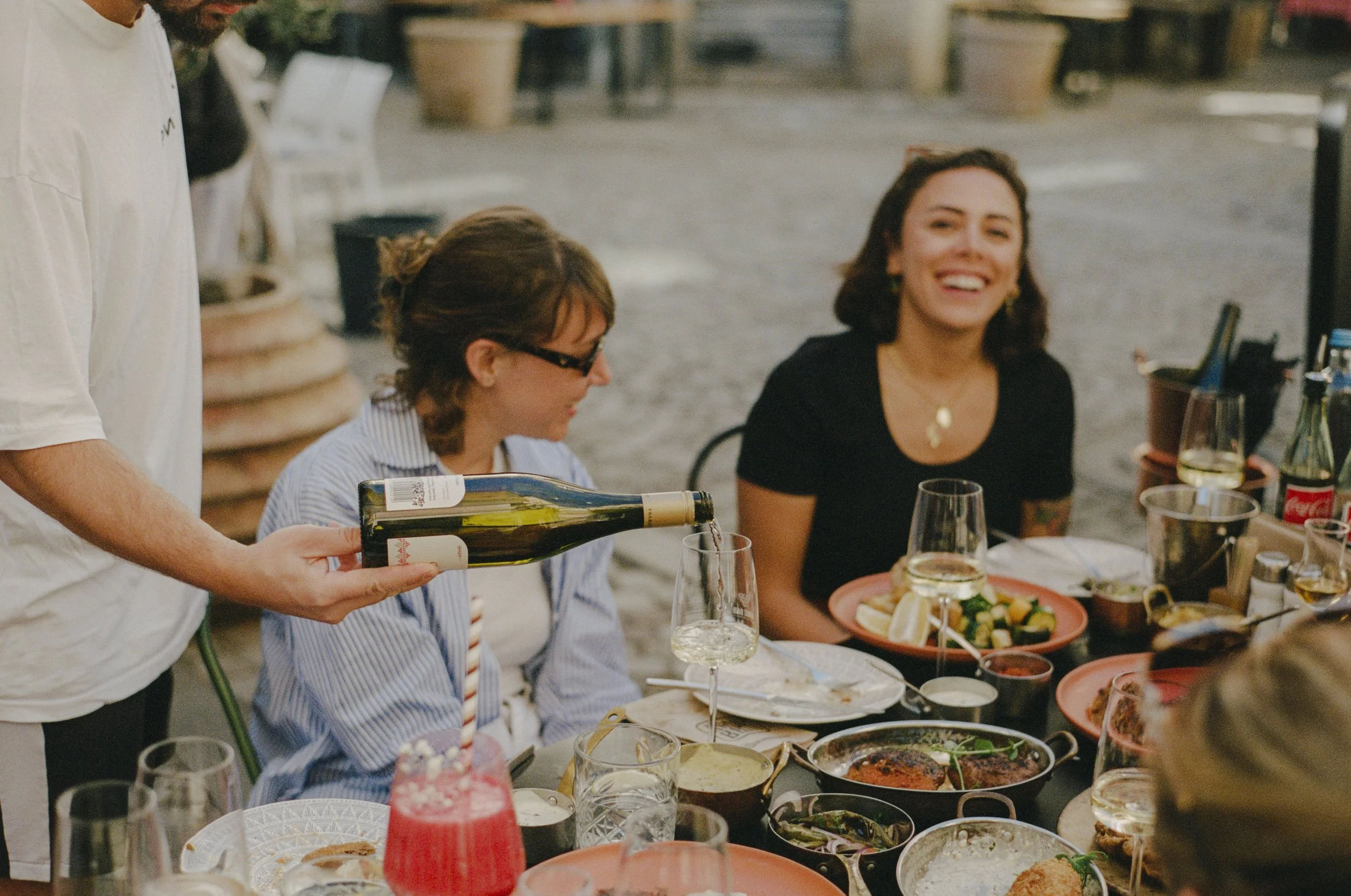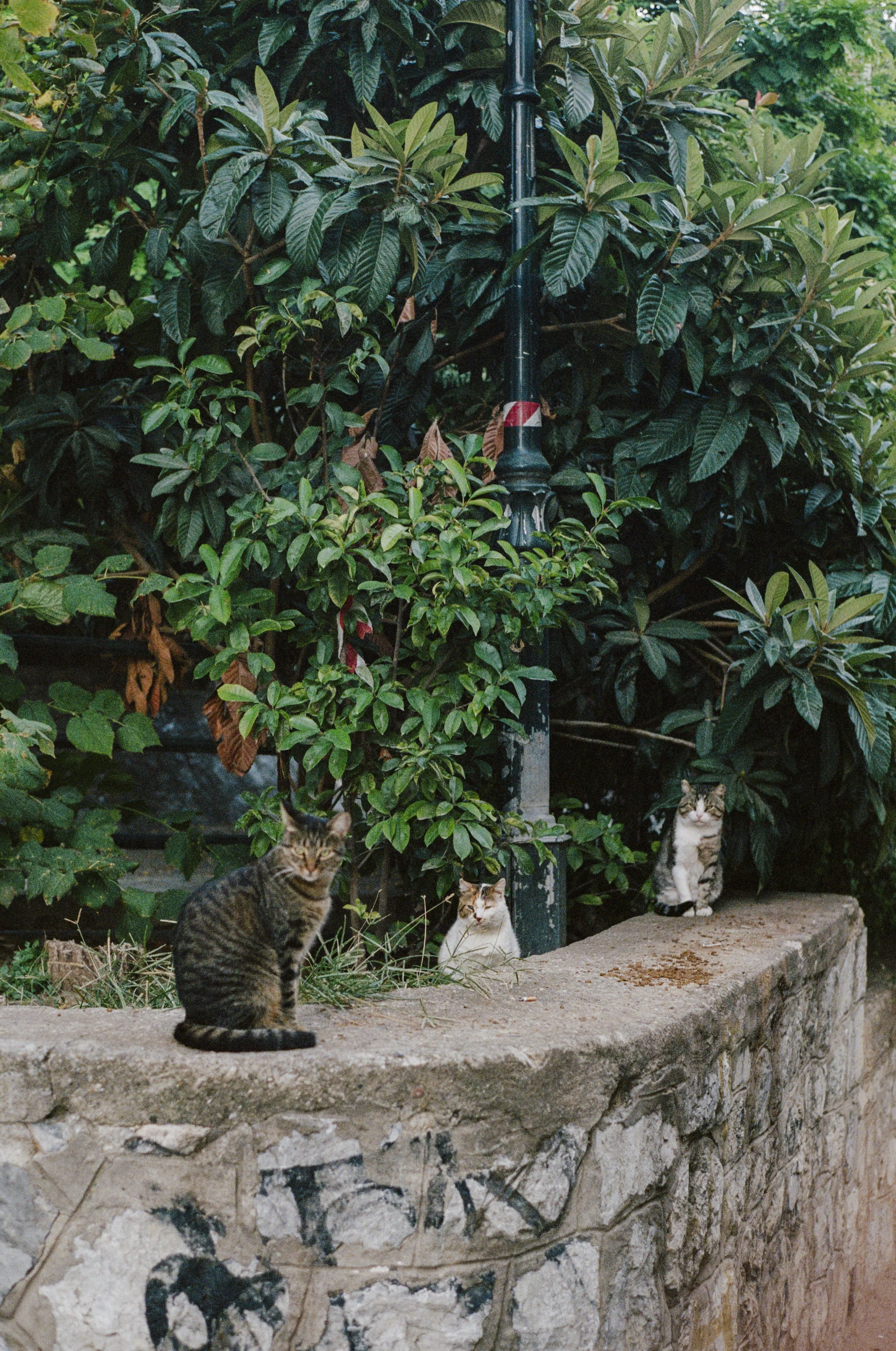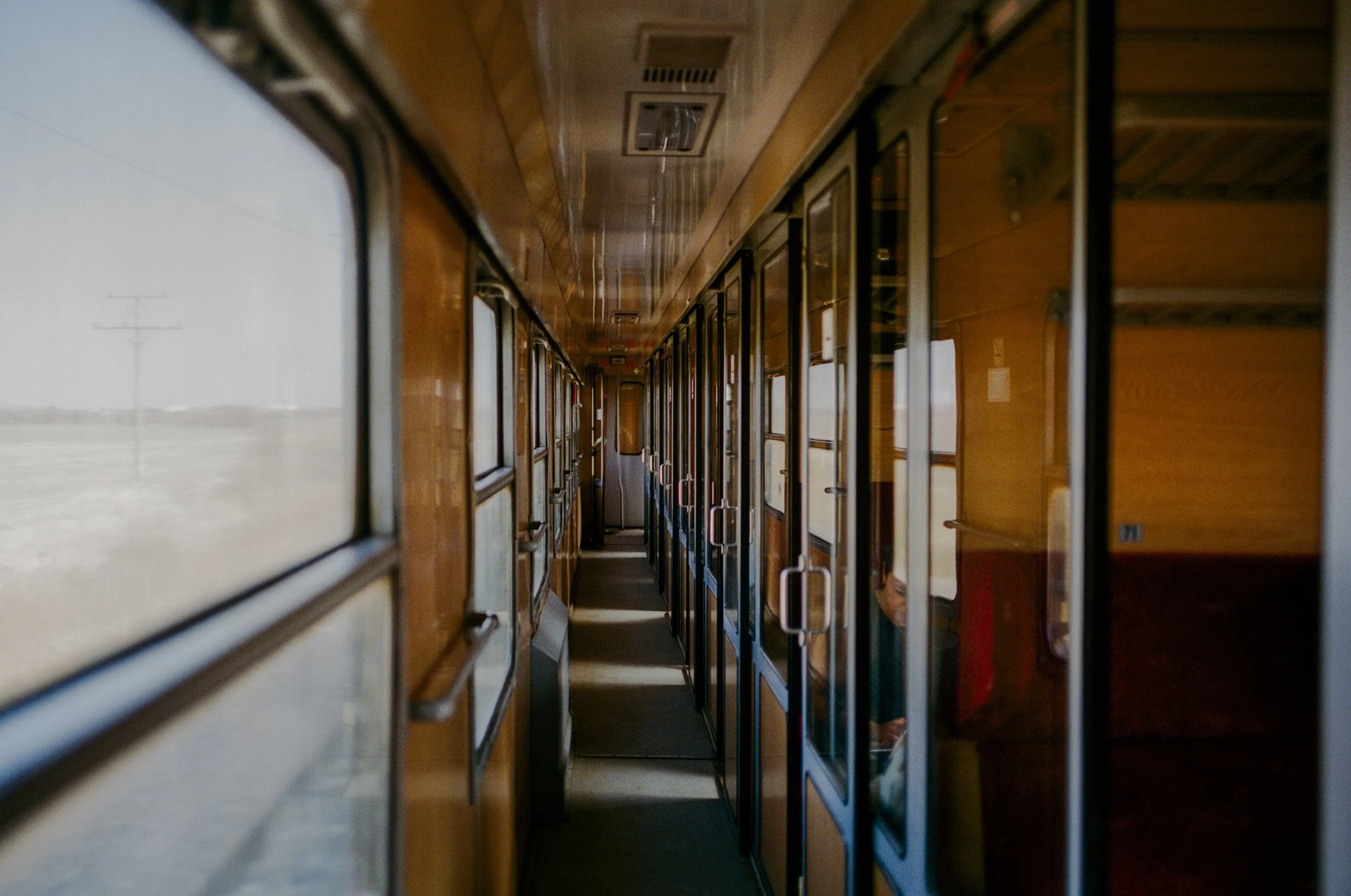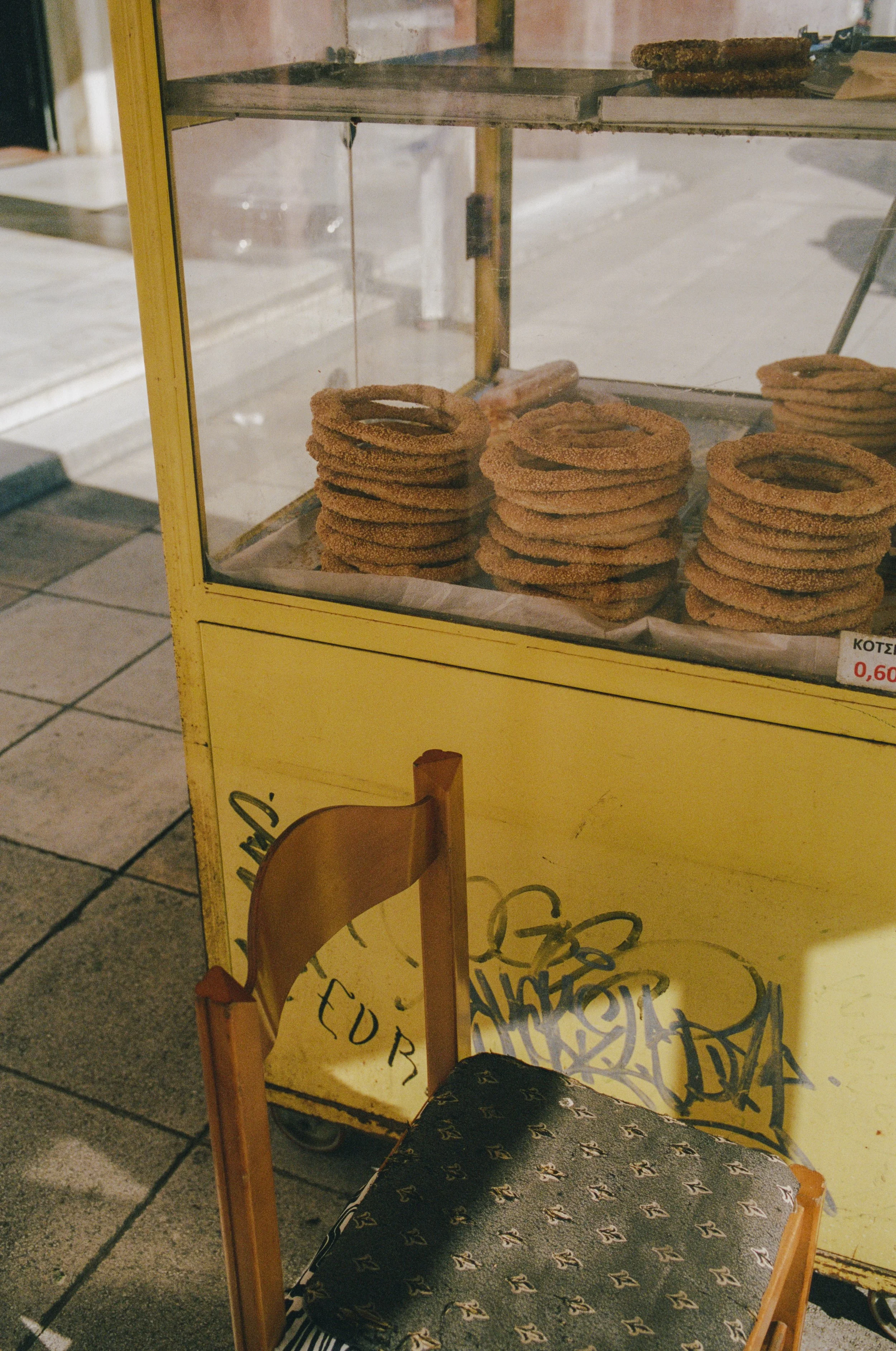Catching the Train with Ella Mittas through Greece and Bulgaria
Chef and food writer Ella Mittas shares her journey through Greece and Bulgaria—celebrating the joy of slow food accompanied by equally slow travel.
Words: Ella Mittas I Photography: Sarah Pannell
Ella Mittas outside Elliot in Athens, Greece.
Moments captured in Thessaloniki, Greece.
Cats of Thessaloniki, Greece.
Ella Mittas at Staria Chinar Restaurant in Sofia, Bulgaria with Chef Viktor and Manager Cvetelin Dimitrov.
“I was surprised by the beauty of our train trips. Approaching Thessaloniki, the train ran along the Aegean coast, then past Mount Olympus, the mythical home of the Greek gods.”
Train to Plovdiv from Sofia, Bulgaria.
Train to Plovdiv from Sofia, Bulgaria.
Koulouri Vendor at Athens station.
Ancient Roman Theatre of Philippopolis in Plovdiv, Bulgaria.
We started our trip in Athens. It was late September, but the temperature was still over 30 degrees. A group of five of us set out to document slow food and slow travel by travelling via train with Eurail passes across Greece, and then through Bulgaria. Our route was Athens to Thessaloniki, then over the border, first stopping in Blagoevgrad, then Sofia and Plovdiv.
I was surprised by the beauty of our train trips. Approaching Thessaloniki, the train ran along the Aegean coast, then past Mount Olympus, the mythical home of the Greek gods. We caught the train right up to Katerini, a town outside Thessaloniki at the foot of Mount Olympus, to visit Fotiadi Farm.
The Fotiadi family are Pontian Greeks who had been relocated to the area near Mount Olympus during the population exchange between Turkey and Greece in the 20’s. When they arrived as refugees, raising animals was the only employment opportunity available to them. The owner of the farm, Nikos Fotiadi, said that this meant his family continued to be dedicated to this area. The family rears a variety of black pig indigenous to the area around Mount Olympus and around a quarter of the pig's diet is made up of olives. Nikos told us that because of this special diet, the fat of the pigs is so high in nutrients it could almost be considered a superfood. He took us to a friend's winery and served us the black pork off a spit that was only seasoned with salt. The fat on the pork tasted so clean, like no pork I’d ever eaten.
Travelling over the border towards Sofia we watched the landscape and weather change so dramatically. I didn’t have an image of what I expected Bulgaria to be and was surprised by the mixed influence of its architecture. Bulgaria was part of the Roman Empire, the Ottoman Empire, and, much later, the Soviet-led Eastern Bloc, influences present in architecture that also came through in its food culture.
Through our interviews in Bulgaria, we heard of how food production was industrialised under communism. Before it, up to 36 varieties of cheese were made across the country, but that number had gone down to just two: white cheese and yellow cheese. Now, efforts were being made to reinstate the production of traditional foods. This was as much about preserving the foods as it was about preserving Bulgaria’s national cultural identity.
The intersection of food, politics and cultural identity ended up being the theme of our trip. Although I had always known it, I was reminded of the importance of food.












